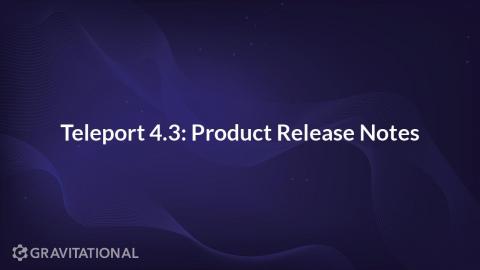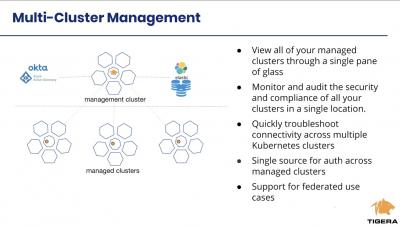Types of DDoS attacks explained
Distributed denial of service (DDoS) is a broad class of cyberattack that disrupts online services and resources by overwhelming them with traffic. This renders the targeted online service unusable for the duration of the DDoS attack. The hallmark of DDoS attacks is the distributed nature of the malicious traffic, which typically originates from a botnet—a criminally-controlled network of compromised machines spread around the globe.









